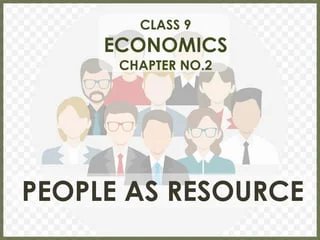Globalization and the Indian Economy - Class 10
Globalization and the Indian Economy is a subject that explores the impact of globalization on the Indian economy. It examines the ways in which India has integrated with the global economy and the challenges and opportunities that this integration has presented. Key areas of focus in the study of Globalization and the Indian Economy: Trade liberalization: The process of reducing trade barriers between countries. Foreign direct investment: The flow of capital from one country to another for the purpose of investing in businesses. Technology transfer: The movement of technology from one country to another. Challenges and opportunities: The positive and negative impacts of globalization on the Indian economy, such as job creation, competition, and cultural exchange. This subject aims to provide students with a comprehensive understanding of the forces shaping the Indian economy in the global context. বিশ্বায়ন এবং ভারতীয় অর্থনীতি এমন একটি বিষয় যা ভারতীয় অর্থনীতিতে বিশ্বায়নের প্রভাব অন্বেষণ করে। ভারত বিশ্ব অর্থনীতির সঙ্গে কীভাবে একীভূত হয়েছে এবং এই সংহতকরণের ফলে কী কী চ্যালেঞ্জ ও সুযোগ তৈরি হয়েছে, তা খতিয়ে দেখা হয়েছে। বিশ্বায়ন এবং ভারতীয় অর্থনীতির অধ্যয়নের মূল ক্ষেত্রগুলিঃ বাণিজ্য উদারীকরণঃ দেশগুলির মধ্যে বাণিজ্য বাধা হ্রাস করার প্রক্রিয়া। প্রত্যক্ষ বৈদেশিক বিনিয়োগঃ ব্যবসায় বিনিয়োগের উদ্দেশ্যে এক দেশ থেকে অন্য দেশে মূলধনের প্রবাহ। প্রযুক্তি হস্তান্তরঃ এক দেশ থেকে অন্য দেশে প্রযুক্তির স্থানান্তর। চ্যালেঞ্জ ও সুযোগঃ ভারতীয় অর্থনীতিতে বিশ্বায়নের ইতিবাচক ও নেতিবাচক প্রভাব, যেমন কর্মসংস্থান সৃষ্টি, প্রতিযোগিতা এবং সাংস্কৃতিক বিনিময়। এই বিষয়টির লক্ষ্য হল বিশ্ব প্রেক্ষাপটে ভারতীয় অর্থনীতিকে রূপদানকারী শক্তি সম্পর্কে শিক্ষার্থীদের একটি ব্যাপক ধারণা প্রদান করা।
English
Last updated
Wed, 27-Nov-2024



















